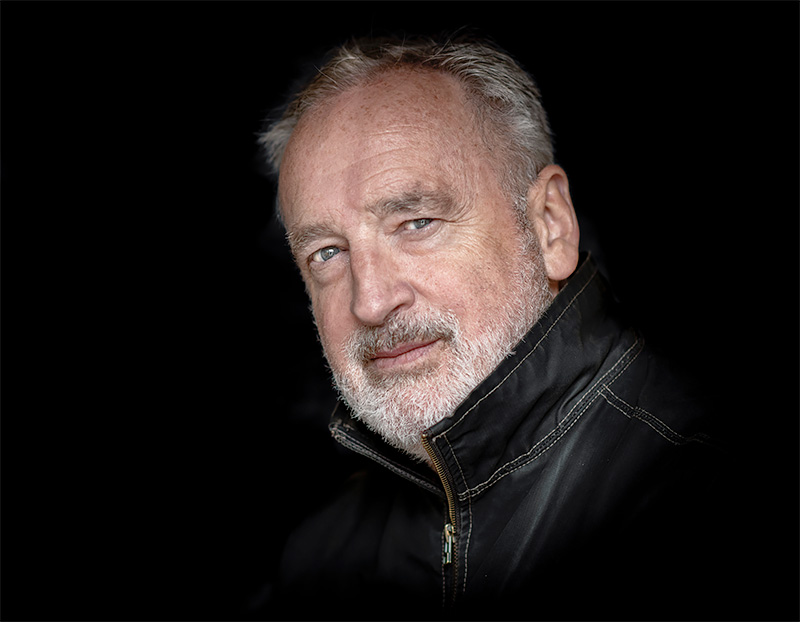To capture people and landscapes and the interactions between them in the light of a world in transition is to encapsulate an inimitable moment, which will never again materialise. My own 'take' as a geographer photographer!
Born in the City of Derry, but I have lived most of my life outside the bounds of Ireland; in England, Singapore, Togo, Italy, Ethiopia and Brazil. I returned to Ireland (Donegal) in 2012.
My photography, together with travel, have become two of my life's passions. My photography focuses predominantly on culture and landscapes; images which reflect a spatial and temporal journey through life and which try to convey a need to live in a more sustainable world. I seek the moment and the light in whatever context I find myself and endeavour to use my photographic acumen to turn the ordinary into the extraordinary.
I lead small photo tours in my 'own Donegal' and Ireland but also to other destinations. I lived in Ethiopia from 2006-2010 and since then have returned to take photographers to the Western and Eastern Omo, Harar, the Danakil desert and the highlands of Ethiopia. Additionally I take photo tours to Chad, Angola and South Sudan, Iceland, Namibia and India as well as travelling myself to discover and capture in new locations.
I aspire to have a vision for tomorrow - An Alternative Vision. I believe that photography can capture those inimitable moments and empower us to make a positive change in our world.
Article:
Exclusive Interview
AAP Magazine:
AAP Magazine 10 Portrait
AAP Magazine 51 Colors
